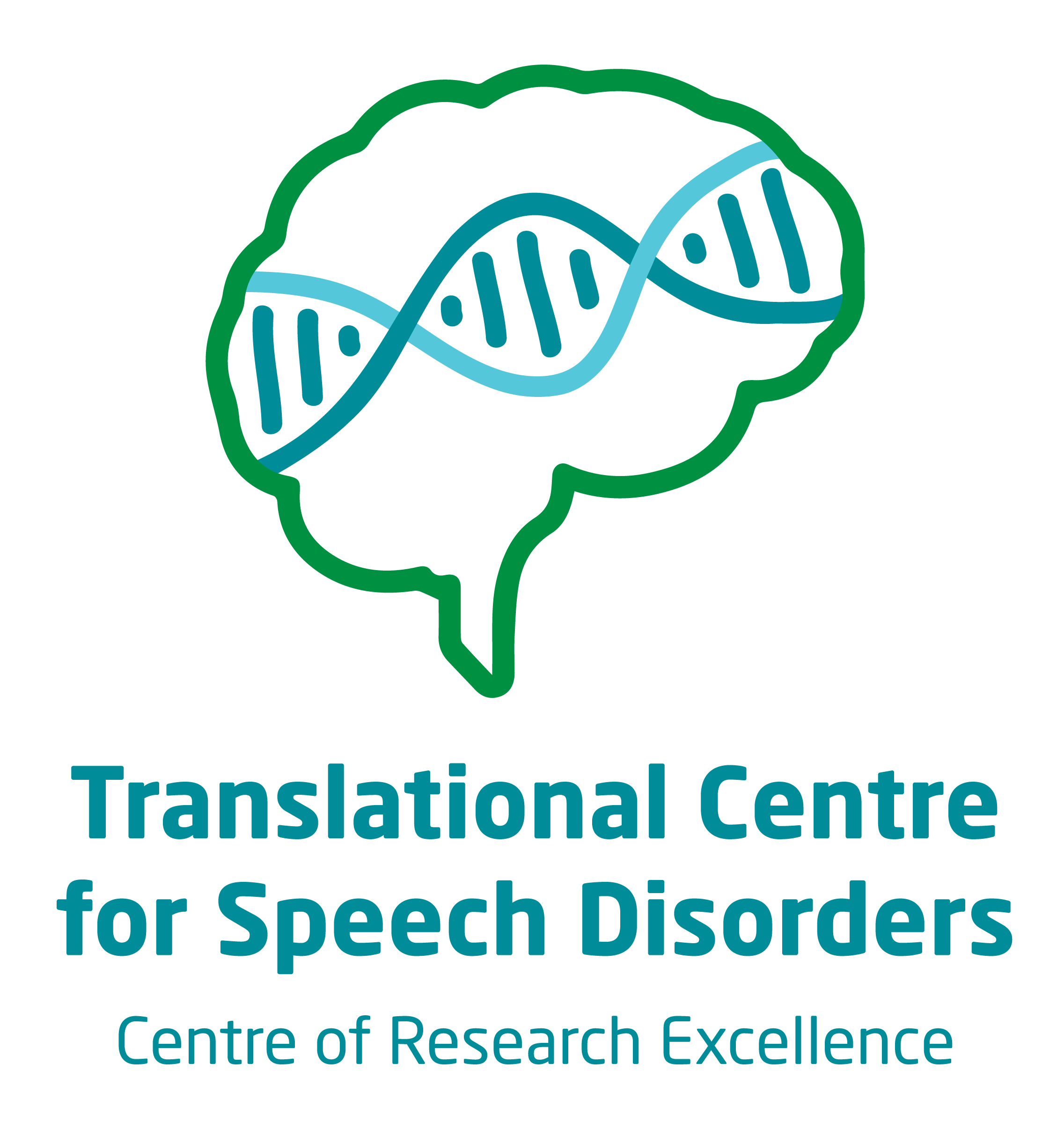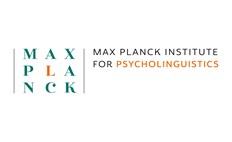KIF1A-associated neurological disorder (KAND)
What is KIF1A-associated neurological disorder (KAND)?
KIF1A-associated neurological disorder (KAND) is a genetic disorder. Common KAND characteristics include motor disorders, intellectual disability, visual impairment, brain changes and seizures.1-4
KAND is caused by pathogenic or likely pathogenic variants in the KIF1A gene. The KIF1A gene codes for a protein called kinesin family member 1a. This protein is involved in transportation in the nervous system, including the brain.5 There are many different types of KIF1A variants that can cause KAND. This means that individuals with KAND have a broad range of characteristics associated with the disorder.3
The information on this website pertains to KAND that is autosomal dominant. This means that individuals have one spelling mistake in one of their two copies of the KIF1A gene, which in turn affects the kinesin family member 1a protein’s ability to transport.
Further information and support
- The plain language summary of our research on KAND is available here.
- For information on speech and language abilities and KAND, please see our KAND Fact Sheet.
- For information and support on KAND: www.kif1a.org, www.kif1a.au, Health conditions caused by changes in the KIF1A gene Factsheet
- More information on dysarthria: Dysarthria Fact Sheet
- More information on AAC: AAC Fact Sheet
Contact
For further information, do get in touch with the CRE Speech and Language team at:
Email: geneticsofspeech@mcri.edu.au
Phone: (03) 9936 6334
Frequently asked questions
Approximately two-thirds of individuals with KAND will learn to combine words into spoken sentences. Of those individuals who learn to speak, many have speech disorders which impact their ability to be understood. The most common speech disorder is called dysarthria. Dysarthria is a neuromotor speech disorder. Individuals may present with dysarthria features such as slow speech rate, imprecise articulation, vocal harshness, hypernasality and decreased volume variation.4
Language skills vary greatly between individuals with KAND, although most individuals have some degree of receptive (understanding) and expressive (using language) impairment. Language abilities range from severely impaired to average. Overall, expressive language is a strength compared to receptive language. Written language skills are also generally low. Social communication can be challenging for individuals with KAND, although some individuals have average social communication skills. Most individuals with KAND are socially motivated, which is a significant strength. 4
- Visual impairment1-3
- Motor disorders1-3
- Peripheral Neuropathy1,3
- Brain changes: e.g., atrophy1-3
- Intellectual disability1-4
- Behavioural: e.g., attention deficit hyperactivity disorder (ADHD), autism and anxiety-related symptoms1,3
- Regression1,3,4,6
- Seizures1-4
- Bladder and Bowel Dysfunction.1,3
Few individuals with KAND say their first words at a typical age (~12-months-old). Approximately one-quarter of individuals will say their first words after 18-months-old, and some individuals do not say their first words until they are a in primary/elementary school. 4
Children also learn to combine words into sentences at a later age than expected. In typical development, children usually combine words into sentences by 2-years-old. However, most individuals with KAND will combine words into sentence after 4-years-old, and some individuals might never learn to combine words into spoken sentences. The location and type of KIF1A genetic variant may influence speech and language milestones.4
Approximately 1/5th of parents report that their child with KAND has lost speech and language skills overtime.4 Loss of adaptive behaviour skills and brain changes can also occur with age.3 However, there is no research that has specifically looked at speech and language changes overtime in individuals with KAND.
Individuals with few or no spoken word typically used conventional communication behaviours such as pushing/pulling and simple gestures (e.g., pointing) to communicate. These individuals were often able to refuse (say no), and make choices, but could rarely ask questions or make comments.4
Approximately half of individuals have used augmentative and alternative communication (AAC), such as key word sign or speech generating devices.4 Individuals may use AAC throughout their life due to unclear speech or having few spoken words. Other individuals may just use AAC as a child, while their speech and language skills are developing.
Some individuals attend mainstream school settings, whilst other individuals attend specialist school settings.4 A child’s education setting is dependent on an individual child’s support needs, alongside supports the education system around the child can offer.
There has been no research on speech, language and AAC interventions that are specifically designed for individuals with KAND. Currently, interventions are specific to an individual’s needs and goals and require a speech pathologist/therapist to ensure that the current best-evidenced therapies are implemented.
Due to the high levels of speech disorder, delayed speech milestones, presence of regression, and some individuals remaining non-speaking, many individuals with KAND would likely benefit from AAC (e.g., key word sign or assistive communication devices). AAC should be adaptive to motor and visual impairments.
Likewise, evidence-based speech therapy to target dysarthria may be appropriate for those individuals with dysarthria.7
Lastly, targeted literacy interventions (e.g., such as systematic, synthetic phonics) may be appropriate for some individuals.8
References
- Boyle, L., Rao, L., Kaur, S., Fan, X., Mebane, C., Hamm, L., ... & Chung, W. K. (2021). Genotype and defects in microtubule-based motility correlate with clinical severity in KIF1A-associated neurological disorder. Human Genetics and Genomics Advances, 2(2).
- Abdelhakim, A. H., Brodie, S. E., & Chung, W. K. (2024). Ophthalmic Findings in the KIF1A-Associated Neurologic Disorder (KAND). American Journal of Ophthalmology, 268, 247-257.
- Sudnawa, K. K., Li, W., Calamia, S., Kanner, C. H., Bain, J. M., Abdelhakim, A. H., ... & Chung, W. K. (2024). Heterogeneity of comprehensive clinical phenotype and longitudinal adaptive function and correlation with computational predictions of severity of missense genotypes in KIF1A-associated neurological disorder. Genetics in Medicine, 101169.
- Morison, L.D., Vogel, A. P., Christodoulou, J., Gold, W. A., Verden, D., Chung, W. K., Braden, R., Bredebusch, J., Kaur, S., Scheffer, I. E., Morgan, A. T. (2025). Understanding Speech and language in KIF1A-associated neurological disorder. European Journal of Human Genetics. https://doi.org/10.1038/s41431-025-01867-0
- Nicita, F., Ginevrino, M., Travaglini, L., D'Arrigo, S., Zorzi, G., Borgatti, R., ... & Zanni, G. (2021). Heterozygous KIF1A variants underlie a wide spectrum of neurodevelopmental and neurodegenerative disorders. Journal of Medical Genetics, 58(7), 475-483.
- Elvidge, K. L., Christodoulou, J., Farrar, M. A., Tilden, D., Maack, M., Valeri, M., ... & Childhood Dementia Working Group Thorburn David R Hilton Gail Van Velsen Ellie Cini Danielle Davis Briana Webster Richard Ellaway Carolyn J Inwood Anita. (2023). The collective burden of childhood dementia: a scoping review. Brain, 146(11), 4446-4455.
- Pennington, L., Parker, N. K., Kelly, H., & Miller, N. (2016). Speech therapy for children with dysarthria acquired before three years of age. Cochrane Database of Systematic Reviews, (7).
- Dessemontet, R. S., de Chambrier, A. F., Martinet, C., Meuli, N., & Linder, A. L. (2021). Effects of a phonics-based intervention on the reading skills of students with intellectual disability. Research in Developmental Disabilities, 111, 103883.






